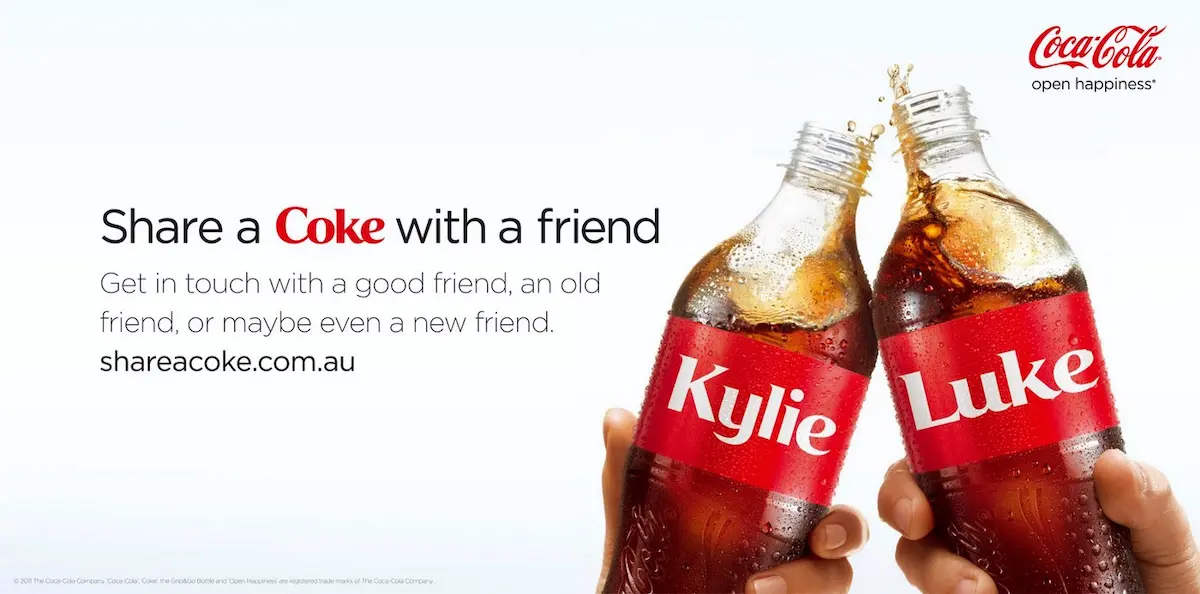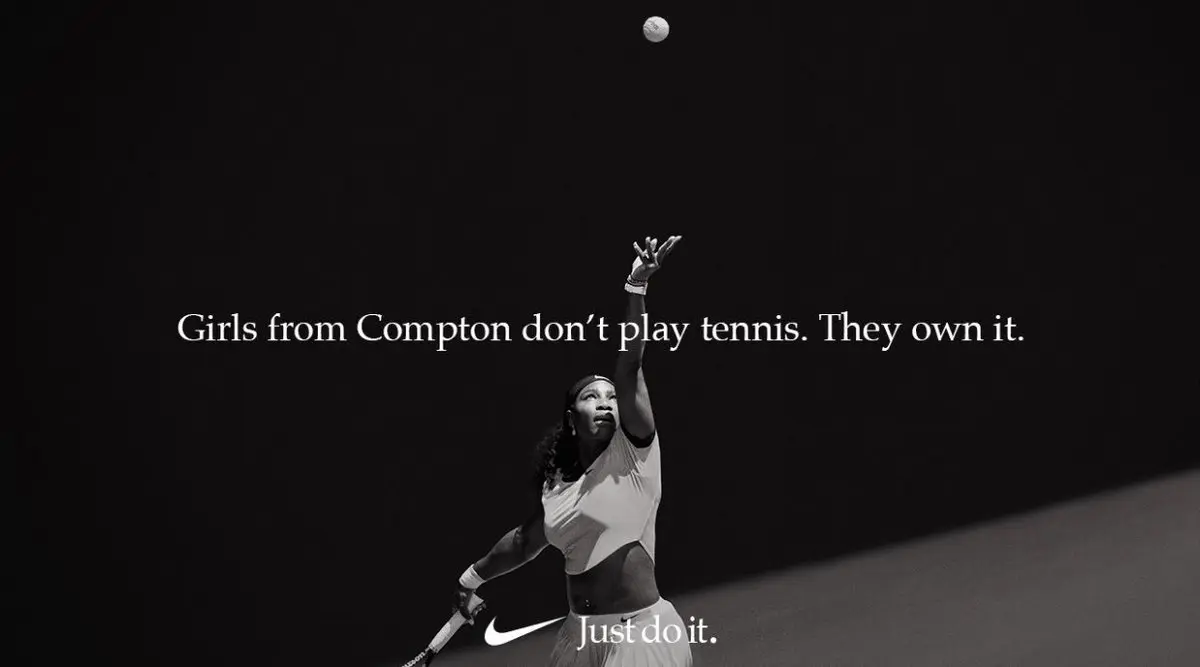How Persuasive Advertising Works + 5 Brilliant Examples
We all have our wants and needs, from necessities like toothpaste to glistening sports cars that pacify our egos. Sometimes we seek these things out on our own, and sometimes they are dangled before us with ads. One type of advert in particular has the potential to outshine the rest: persuasive advertising.
In this article, we explore the ins and outs of persuasive advertising, including some key techniques and famous examples from the world’s biggest brands.
What is persuasive advertising?
Persuasive advertising tries to convince consumers to purchase a product by appealing to the things they want or need. It attempts to evoke a strong emotional response about the product, which can hijack our rational decision making abilities and make us much more likely to buy. Once a strong emotional connection is made through persuasive language and imagery, the person may start to concoct their own rationalisations for purchasing the product which they believe to be logically sound, but actually come from their emotions.
A persuasive advert should be highly convincing, describing how the product can meet (even exceed) the person’s desires and needs in a way that no other product can. This is only possible if the business has an accurate understanding of their customers’ needs, which can be learned through customer research like surveys, interviews, and data analysis, and then turned into rigorous buyer personas. Once these are in place, the advert can focus on any of the following elements:
- Quality—our car uses the strongest and safest materials on the planet.
- Value—get five meals a week valued at $100 retail for just $49.99.
- Benefits—save hours each week by automating your marketing emails
- Features—set your AC’s heating timer for 6 am, and wake up toasty.
The formats of persuasive adverts vary depending on the medium. They can be images, videos, sound clips, or mixtures of all three, showing up as digital adverts, billboards, radio sponsors, YouTube clips, full-spread magazine ads, and many more. As long as the advert tries to appeal to consumers’ emotions, it can be considered persuasive.
Persuasive advertising contrasts with informative advertising, which uses facts, statistics, and other real-world information to highlight the positive aspects of their products. Whereas persuasive advertising appeals to people’s emotions, informative advertising appeals to their logical side. The latter tends to work well for complex products with lots of features, or a product that needs lots of explaining. The two styles can also be mixed to create something even more potent—a Ferrari F430 can accelerate from 0 to 60mph in 3.6 seconds, which is a pure fact, but one that might make a potential buyer shudder with excitement.
Some consider persuasive advertising to be unethical,1 especially when used to promote products that are bad for us, such as sugar-packed children’s cereals, or fat-filled fast food burgers that clog up our arteries. But as with most ethical questions, the truth is somewhere in the middle, so you have to decide for yourself whether persuasive advertising is a good fit for you. It definitely works.
Persuasive techniques in advertising

Humans have likely been persuading each other for about 50,000 years, ever since we learned to speak.2 The persuasion techniques you find in advertising are as varied as you would expect to find in conversion, ranging from simple “carrot and stick” methods to more complex psychological rules like the scarcity principle. These are some of the more common persuasive techniques you can expect to find in advertising. They can be used in any form of media with the intention to persuade—website content, documentaries, political videos, etc.
“You” pronoun
Using the word “you” in advertising makes the consumer feel like they are being spoken to personally, which helps to focus their attention and can make them feel special. They are also a much more direct and efficient way of communicating, which speeds up comprehension and helps to get the message across faster. This is crucial in modern-day advertising where people’s attention spans are so short they may as well be nonexistent.
Carrot and the stick
The carrot and the stick technique combines two fundamental human behaviours to persuade: our desire for rewards (the carrot), and our aversion to punishment (the stick). The advert’s subtext will say that we are going to get something amazing that we really want, while also avoiding something that we hate. Who wouldn’t be persuaded by that?
An example for the carrot and stick method might be a car advert that communicates the vehicle’s high status (desire), and its industry-leading safety features that outshines competitors in all areas, and will protect you when a careless drunk careens into you (aversion).
Scarcity principle
We assign more value to things that are rare, and usually have a stronger desire for them as a result. It’s one of the reasons why original art pieces sell for millions of dollars. This is called the scarcity principle, and it can be used effectively in advertising to persuade. It’s mostly commonly executed by offering a limited number of products only—100 special edition Rolexes, the first 500 people to sign up for an offer, etc.—which is strongly highlighted in the advert so that people respond to it. It’s also used generously on e-commerce and service websites, such as Booking.com’s “only X rooms left” feature, which surely does an excellent job at securing sales.
Testimonials
As bona fide social animals, we take our cues from others around us. If a bunch of people have taken the time to post wonderful things about a product, we believe that the product might do wonderful things for us too. And for good reason: people are usually honest about such things.
Advertisers sometimes use testimonials in their work to satisfy these social tendencies, using “folks off the street” or celebrities to promote their products. The endorsements light up the social components of our brain and help to convince us that the product is worth purchasing.
One message
Have you ever read a sentence that jams in multiple thoughts and ideas, bloated to the point of being incomprehensible? Your eyes glaze over and your mobile phone suddenly becomes even more appealing, and you cast the complicated sentence aside, never to be examined again.
These sentences are like poison to advertising. A successful advertiser tries to make their messages as simple as possible, so that consumers can read and digest them easier than a bowl of porridge. Nobody should watch an advert and come away confused. The simpler the information, the more persuasive the advert.
Humour
I saw an advert that read: “Television for sale, $1, volume stuck on full.”
I thought to myself: I can’t turn that down.
Laughing might possibly be one of the best things about being alive. It’s a primal response that releases a barrage of feel-good chemicals, which creates positive associations with the thing we’re laughing at. Humour has been used successfully in advertising for years, from Budweiser’s daft wassup campaign to Compare The Market’s insurance-loving Russian meerkat. These adverts stick in our heads because they’re funny, which can make them extremely persuasive.
Use a call-to-value
Call to actions (CTAs) are the button or directive message that the advertiser wants the consumer to do, usually “buy now” or something similar. But if you’ve taken the time to make the rest of the advert persuasive, why not do the same for the call to action? Spice it up by including the value that the consumer will get from the product, for example:
- Talent contest: Sign up today, be a superstar tomorrow.
- Lawnmower: Buy now and mow your lawn faster than ever
- Pet insurance: Confirm payment and start protecting [pet’s name] (this one might be a little mawkish, but you get the idea)
The bandwagon or anti-bandwagon
“If your friend jumped off a cliff, would you jump too?” A statement made by countless mothers the world over, because we love leaping onto bandwagons. Plenty of people followed the Atkins diet until they linked it to colon cancer and kidney disease,3 and billions of people use social media despite it being associated with anxiety, depression, and other mental health issues.4 Trends can be used to great effect in persuasive advertising.
Persuasive advertising examples
Old Spice—The Man Your Man Could Smell Like
This genius work from Old Spice has become a modern classic. The main character’s dialogue is directed at women, but in actual fact is appealing to men’s desire to be strong, masculine, and attractive to women. The man in the advert has a muscular physique, killer confidence, a hand full of diamonds, a glorious horse…what more could a heterosexual man want? It appeals to some of mans most common desires in a funny, memorable way, and won the 2010 Emmy Award for Outstanding Commercial.5
Coca-Cola—Share A Coke With A Friend
Image from Medium
In this campaign from 2011, Coca Cola plays on the importance of friendship by offering custom-labelled products, and then encouraging us to share the drinks with our friends. Companionship can literally make life worth living, and they highlight this fact in an incredibly simple way, suggesting that we get in touch with a current friend, call up an old friend, or even develop a friendship with someone new. It was hugely successful and continues to this day.
Nike—Just Do It
Image from Twitter
This is less of an ad campaign and more of a cultural bomb. Everyone knows Nike’s “Just Do It” slogan. It speaks directly to our desire to get off our butts and start improving our health through exercise. In this particular campaign, they blend the message with the rise of female empowerment, using it to appeal to women who want to tear off the patriarchy’s shackles and take full ownership of their lives. An extremely persuasive advert from masters of the field.
AirBnB—Live There

Many of us love holidaying in exotic locations—the remarkable antiquity of ancient Rome, the midnight flurry of a bustling Marrakech market, the hopeless romance of Paris. These places can fill us with wonder, and in this advert, AirBnB tells us that we can actually live there (if only for a night). To the enthusiastic traveller, what could be more appealing that that?
Jif®—The Return
Who would have thought that eating peanut butter could turn you into a rap superstar? Nobody. But Jif created this stellar advert that appeals to this ambition in people, and the ambition for success along with it. It works incredibly well, and is hilarious to boot.
References
- The morality of persuasion | Business Ethics, Philosophia
- Philip Liberman, The Evolution of Human Speech : Its Anatomical and Neural Bases | Current Anthropology: Vol 48, No 1, The University of Chicago
- John Casey, How Safe Is the Atkins Diet?, WebMD
- Lawrence Robinson and Melinda Smith, M.A., Social Media and Mental Health, HelpGuide
- The Man Your Man Could Smell Like, Wikipedia




